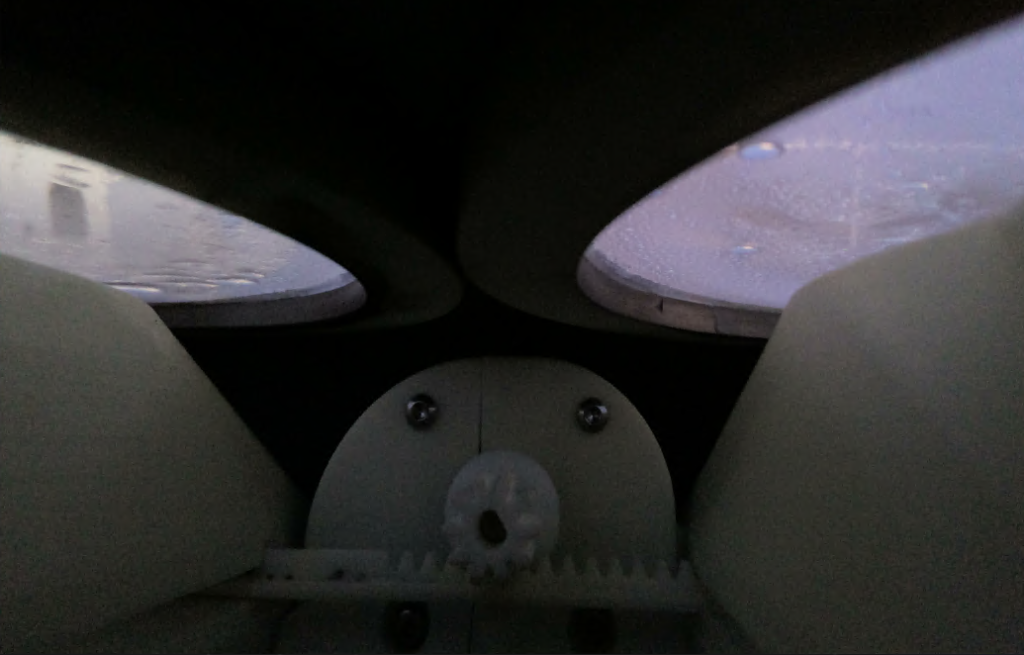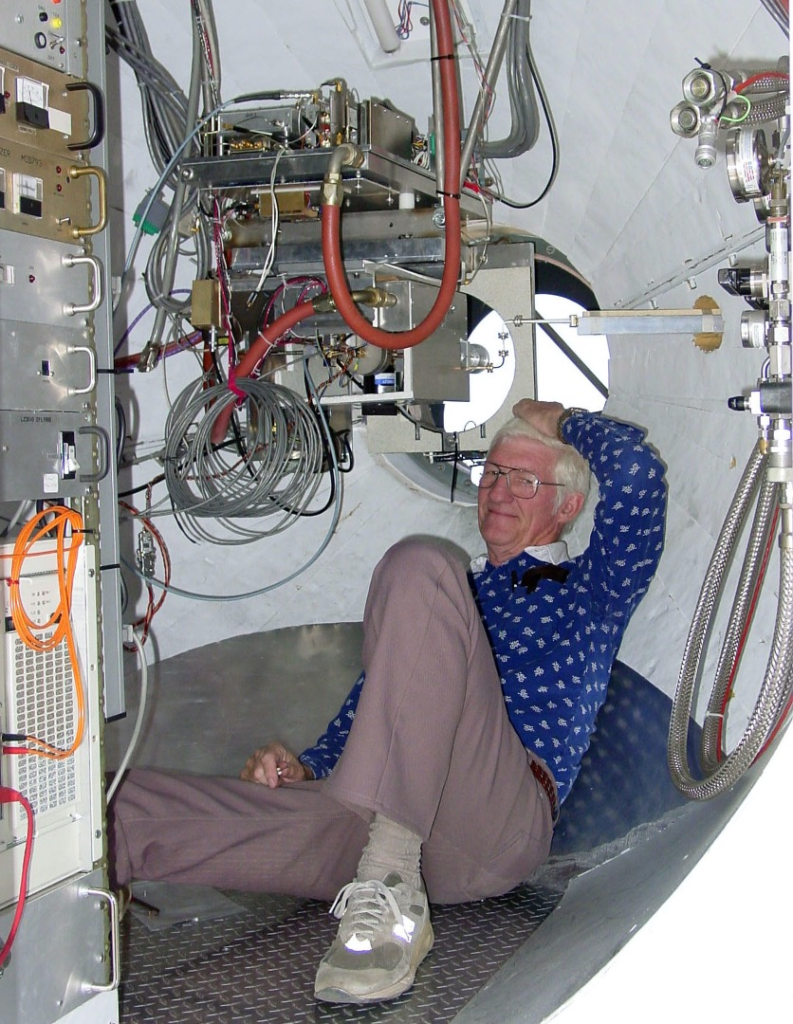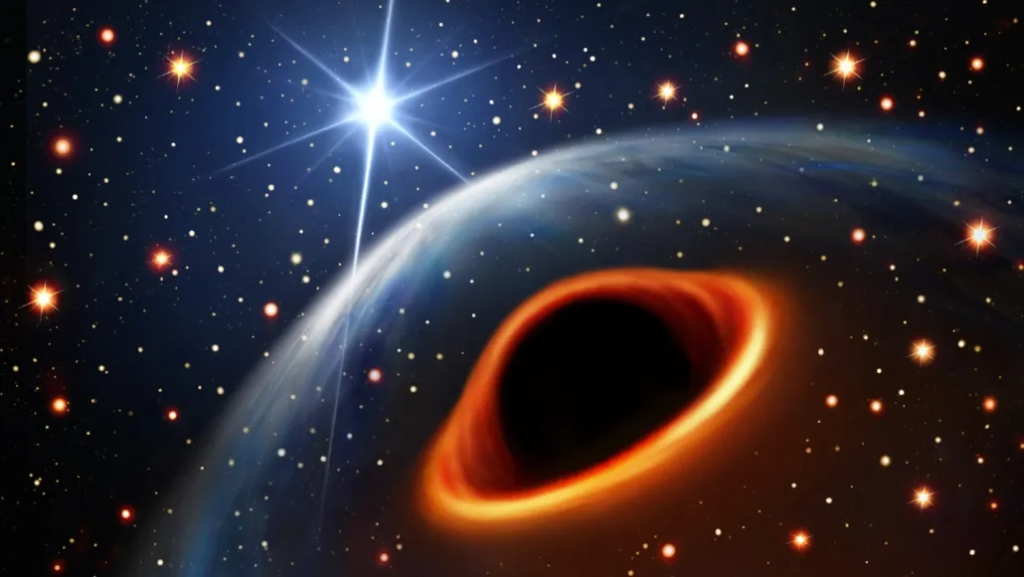Science for kids
A message from our Director of Education, Pamela Harman:
Science is Elementary is seeking donations for donations for the production and distribution of Science is for Me! STEM kits – to children who have lost their homes and schools.
I have spent time as Volunteer with the organization and attest to the quality educational value of their kits.
This is one of many appeals for the LA Wildfire Relief efforts worthy of your consideration.

Dear friends,
In response to the devastating fires in Los Angeles, Science is Elementary is sending our entire inventory – approximately 10,000 Science is for Me! STEM kits – to children who have lost their homes and schools. These kits provide a vital opportunity for learning and discovery, helping to create a sense of normalcy and learning continuity in the midst of such distress.
Our kits are highly popular because they are fun and engaging for kids, which they could use right now, while integrating literacy and other essential skills to provide high-quality science education. They are especially convenient for remote learning since each kit includes a storybook and the materials needed to conduct the experiments.
The need is far greater than our current inventory can serve. To meet the growing demand, we are reaching out to our dedicated community for your support. Your donation will help us produce and distribute more kits, ensuring that every child impacted by the fires has the chance to explore, learn, and stay engaged.
We truly appreciate your continued support. With your help, we can make a lasting impact in the lives of these children and help them find some stability and joy.
Thank you for being part of this important effort.
Warm regards,
Tzipor and the entire SiE team










